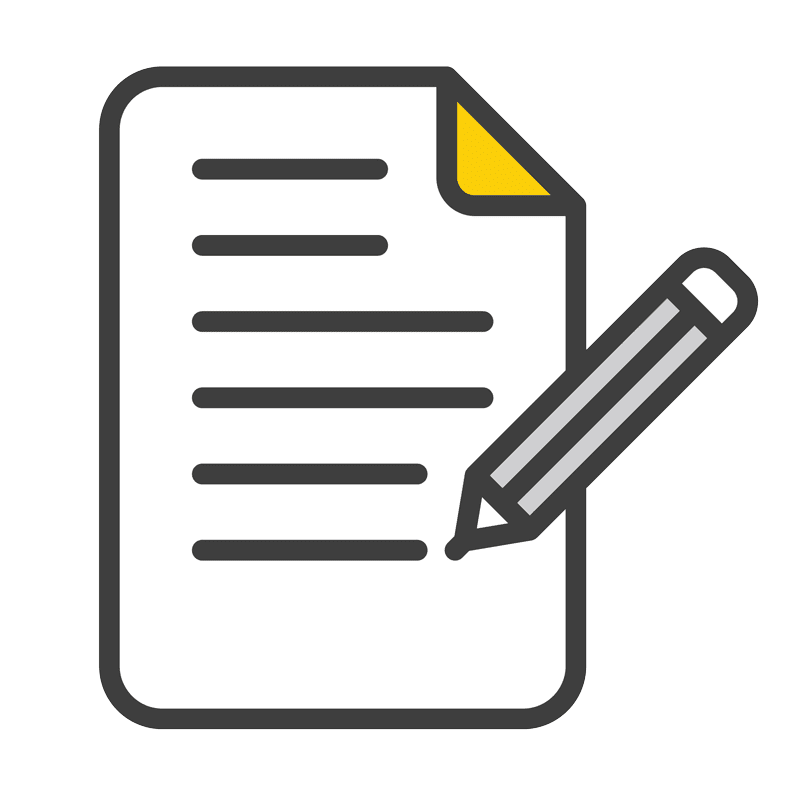HOW-TO GUIDE: Proofread & Edit ChatGPT
Introduction to the Manual
Have you created ChatGPT text? The next step is to proofread and edit the text. This guide will help you through that process. Of course, if you need extra help, reach out to us at PaperBlazer, and we will edit the document for you. Let’s get started!
A. Overview of the guide and ChatGPT’s purpose
ChatGPT is a large language model developed by OpenAI that can generate human-like text in response to various prompts. It is trained on a vast corpus of text data, but like all machine learning models, it is not perfect. That’s why proofreading and editing ChatGPT’s output is crucial to ensure its responses are accurate, relevant, and suitable for their intended use. This guide aims to provide a comprehensive overview of the process of proofreading and editing ChatGPT, covering everything from preparing for the task to best practices and beyond.
B. Importance of proofreading and editing ChatGPT
Proofreading and editing ChatGPT’s output is important for several reasons. Firstly, ChatGPT is a machine learning model that can generate text that is sometimes nonsensical, irrelevant, or incorrect. By proofreading and editing ChatGPT’s output, these issues can be identified and corrected, ensuring that the responses are accurate and appropriate for the intended use.
Secondly, proofreading and editing ChatGPT’s output can help to improve the model’s performance over time. This is because the process of reviewing and correcting its responses provides valuable feedback that can be used to train the model and refine its accuracy. This feedback can help to identify patterns in ChatGPT’s output and suggest areas for improvement, leading to a better and more reliable model over time. For example, you can insert additional information within the AI output — not simply rely on the automation.
Finally, proofreading and editing ChatGPT’s output is important for ethical reasons. Because the model’s responses can be used in various applications, it is crucial to ensure they are appropriate and do not contain harmful or inappropriate content. Proofreading and editing can help to ensure that ChatGPT’s responses are suitable for their intended use and do not harm the reputation of the company or individual using the model.
C. Explanation of the audience for the guide
The guide is intended for anyone who needs to proofread and edit ChatGPT’s output, including but not limited to:
- Data Scientists and Machine Learning Engineers — Those who develop and maintain ChatGPT and are responsible for its accuracy and performance.
- Business Owners and Marketers — Those who use ChatGPT to generate content for marketing and promotional purposes, such as chatbots, website copy, and social media posts.
- Content Creators and Writers — Those who use ChatGPT to generate content for websites, blogs, articles, and other forms of written content.
- Researchers and Academics — Those who use ChatGPT for research purposes, such as generating data for studies, conducting experiments, and creating simulations.
- Anyone using AI writing tools — Whether for personal or professional use, anyone who uses ChatGPT for any purpose can benefit from the information in this guide.
Regardless of the intended use, proofreading and editing ChatGPT’s output is crucial to ensure its accuracy and suitability for the intended purpose. This guide provides a comprehensive overview of the process, including preparation, techniques, best practices, and more, to help users achieve the best results from their use of ChatGPT.


